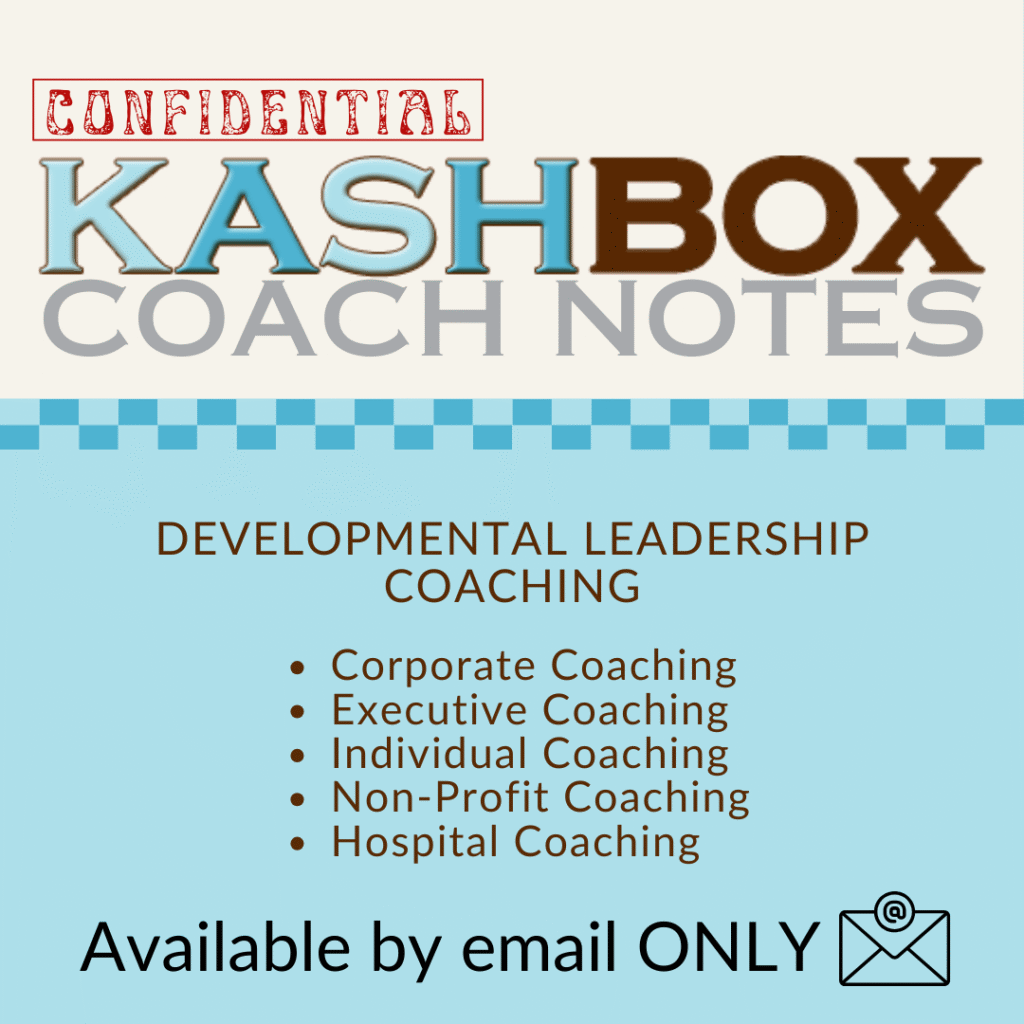The mention of the word meeting will cause most people to groan. Experiences of wastefulness, boredom, confusion, and frustration often prompt such a response. Most business experts agree that most meetings fail to meet their objectives, agreeing to workable decisions to meet established goals. Executive coaching can help leaders conduct great meetings.
Top executives typically spend at least 50% of their time in meetings, somewhat less for middle management. As popular as the idea may be to some, absolving or avoiding meetings is not an option. Issues must be discussed and resolved; no leader can do this alone. Collective efforts are required to undertake complex challenges where multiple points of view and a wide range of expertise are needed.
The key is to conduct meetings effectively and productively using the participants’ time. But, according to Elise Keith, author of Where the Action Is (Second Rise, 2018), less than one in four leaders are trained to run a meeting. On-the-job learning is rarely adequate. How a meeting is conducted reveals much about the executive heading it and may also indicate how the company is run.
The most successful companies have the most fruitful meetings, where leaders have the skills to bring people together for productive discussions with meaningful outcomes founded on building consensus. A few simple principles can boost meeting success and employee willingness to attend. Experienced executive coaching can help executives hone the personal skills needed to improve meeting facilitation.
Preparation is Paramount
Meetings are only as effective as the level of preparedness of the participants. Everyone’s time is wasted if meeting topics are a surprise. The preparedness of the meeting leader establishes the preparation of the attendees. Inviting people to a meeting is not enough. A clear agenda is needed, and it must be distributed to participants with enough time to allow them to be ready for the planned discussion. Leaders who provide their attendees with a realistic, clear agenda increase their success rates significantly.
Agenda items can’t be unfamiliar to attendees. As Amy Gallo suggests in a Harvard Business Review article, your people must be familiar with the topics to understand what’s being discussed. If this isn’t the case, they must be informed through conversations, preliminary meetings, or their own research.
Make your agenda achievable within the meeting timeframe. People will dread attending if your meetings habitually run over or are insignificant enough not to warrant the meeting in the first place. Meetings should be called only when more personal forms of communication are inadequate.
Have the necessary materials or documents available for your meetings. If your attendees need to see them beforehand, distribute the information with enough time for review. Everyone at the meeting should know the materials in front of them. When in doubt, overcommunicate.
Plan your meeting with definitive start and stop times and stick to them. People have more confidence in a leader who manages time well. If you start your meeting on time, those who are late will avoid a repeat, and they will learn to be prompt.
Executives who plan their meetings with anticipated concerns or questions from their people have a more effective dialogue and better results. Being proactive can avoid difficult or distracting moments and give people more confidence in your concern for them.

Ready to Find Your Perfect Kashbox Coach?
Every executive and business leader has unique strengths and faces specific challenges. That’s why we offer a diverse team of experienced coaches, each with specialized expertise in different areas of leadership coaching.
Click the button below to match with a Kashbox Coaching leadership coach who can best help you unlock your full potential.
Efficiency is Essential
Busy employees try to make the most of their time, hating to waste it. They also appreciate leaders who value them enough not to waste their time. This is most noted when it comes to holding meetings. When meetings are loosely run, dragging on and getting little done, the time-wasting alarm goes off in every participant’s head.
Alternatively, efficient meetings are greatly appreciated and often favorably anticipated. People who attend productive meetings feel benefitted and know they can do their jobs better. Their motivation, attitude, and productivity rise. When meetings are boring and wasteful, people feel depleted, frustrated, and farther from their goals. When leaders conduct efficient meetings, the enhancement of the culture is significant.
One of the most valuable aspects of an effective meeting is brevity. Keeping meetings short and sweet benefits your people in numerous ways. When effective tactics are used, a lot of ground can be covered in thirty minutes. People can’t take much more than an hour without regretting the experience. A recent trend is the stand-up meeting. The idea is that standing can be endured for less time than sitting, so everyone is motivated to wrap things up promptly.
Small talk and rabbit trails are common, but your facilitating skills must bring people back on track. You can do this kindly and considerately while firm enough to finish the job on time. Electronic devices distract the group and should be set aside until the meeting is concluded. Of course, leading by example is the best way to convey these approaches.
Another efficiency-related strategy is to get as much participation from the group as possible. Keep your people engaged by asking questions and requesting individual responses. Executive coaching can help leaders strategize and attain more diverse feedback; the more thorough the discussion, the better the resulting decisions. Balancing discussion with brevity is a master-facilitator skill.
Receive [CONFIDENTIAL] Coach Notes directly to your inbox.
Your e-mail address is used to send you our newsletter and information about Kashbox Coaching’s activities. You can always use the unsubscribe link included in the newsletter.
Follow-up is Foundational
Effective leaders recognize that what occurs after meetings can be just as important as what happens during meetings. Following up with your people ensures that what was assigned or decided has a greater chance of succeeding. Summarize your discussions before the meeting concludes, and ensure everyone is on the same page and understands what you expect of them. This is best facilitated by assigning names and dates to action items, not hoping someone picks up the ball.
Credit people with good ideas as you wrap up. This encourages more participation and yet more ideas. Following their activities afterward keeps these ideas fresh and likely to bear fruit. When you empower your people to run with their ideas and prove themselves, they will reflect the benefits of your meeting discussions.
A valuable asset resulting from a meeting is a written record of what was discussed and decided. Leaders who ensure minutes are taken make their meetings more effective by giving all participants a copy. Things left to memory are often lost. Develop the collective mindset that the minutes are the roadmap everyone is held accountable to.
As action items are pursued, successful leaders request reports and updates to keep the group informed and moving forward. With this continuous flow of information, team members can perform at their best. When leaders run effective meetings, everyone reaps the rewards.
An often-overlooked aspect of meeting follow-up is celebrating progress on previously planned and discussed items. Letting your people know they’re appreciated and valued and contributing to the organization’s success builds their confidence and self-worth. Your meetings will become progressively more effective when your people are motivated to shine and support you. Following these basic principles develops a culture where meetings undergird the quality of progress you and your people make. When in doubt, hire an executive coaching program to help you improve.

Creator of the KASHBOX: Knowledge, Attitude, Skills, Habits
Helping You Realize Your Potential
I help people discover their potential, expand and develop the skills and attitudes necessary to achieve a higher degree of personal and professional success and create a plan that enables them to balance the profit motives of their business with the personal motives of their lives.











